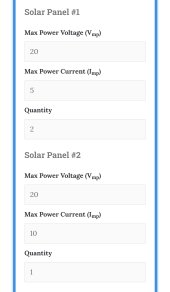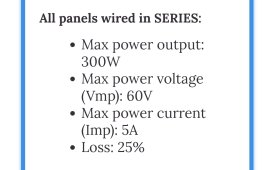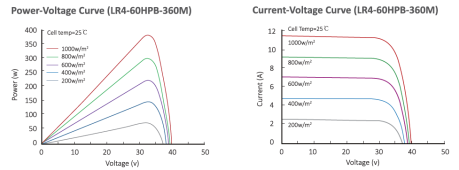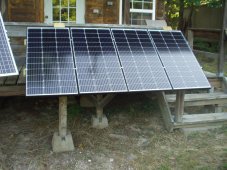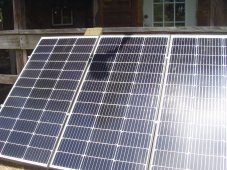Given 4-100w of same manufacture but can only have the voltage from 3 in series to meet already established system. It occurred to me that 2 of the panels could be hooked up in parallel and than the combined panel (double the amperage but the same voltage as 1) could be hooked in series with the other 2 for the combined voltage of 3. From my understanding the combined 2 panels in parallel would have its output amperage limited to the lowest amperage from the other panels when hooked into series or in essence there would be no benefit over just running 3 panels in series. However is this the entire story?
Would the fact of the two 100w panels in parallel added to the other 2 in series help boost production of total watt-hours even if max watts was the same as only 3 panels? Has anyone explored this in practice?
Would the fact of the two 100w panels in parallel added to the other 2 in series help boost production of total watt-hours even if max watts was the same as only 3 panels? Has anyone explored this in practice?



